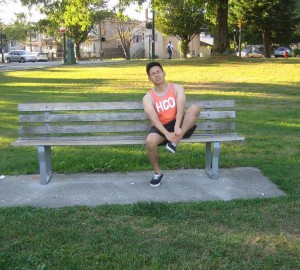Overview
Known as mliaria rubra, or more commonly referred to as prickly heat, is categorized by red spots that are raised and resembles a rash. This rash is going to cause a stinging sensation on the skin. It can develop on the body anywhere you may sweat, but most commonly it is found on the chest, thighs, the face, neck and back. In most cases, it is going to appear after being exposure to hot temperatures. The spots that come up may look like small blisters and can cause:
- Itching

Known as mliaria rubra, or more commonly referred to as prickly heat, is categorized by red spots that are raised and resembles a rash. - A small amount of swelling
- Stinging or prickling sensation
- Patches of red spots
Causes of Prickly Heat
Most causes of prickly heat are caused when a person sweats more during hot or humid weather condition. However, there are those who get this during winter. The cause of this is when the sweat glands located throughout the body become blocked. When these are blocked, sweat gets trapped under the skin, and this is causing the rash.
Prickly Heat: Who gets it?
Anyone can get prickly heat. However, there are some things that can increase your risk of getting this:
- Being located in hot and humid climates
- Being ill and immobile as being stuck in bed can cause you to sweat more
- If you wear too much clothing
- Sit too close to heat such as the fire or a heater
- Being overweight to the point of obesity due to sweating more
Due to the sweat glands not being fully developed, children and babies are more likely to have heat rash.
Treating Prickly Heat
This is not a serious condition, thus it rarely requires treatment as it will most likely leave on its own within a few days. However, you can ease your symptoms by:
- Avoiding excessive heat – This means that you should spend time in the shade during hot weather or utilize a small fan. Also, be sure to drink plenty of fluids to keep your body hydrated.
- Wear loose clothing as the more tightly the clothing, the more issues you may have. In addition, wear clothing that is natural rather than polyester or nylon that can cause you to sweat more.
- Keep the skin cool by taking cool showers or baths. You can utilize cold compresses on problem areas but do not allow this to be on the skin for longer than 20 minutes
- Utilize calamine lotion to help with the irritation that you may feel.
